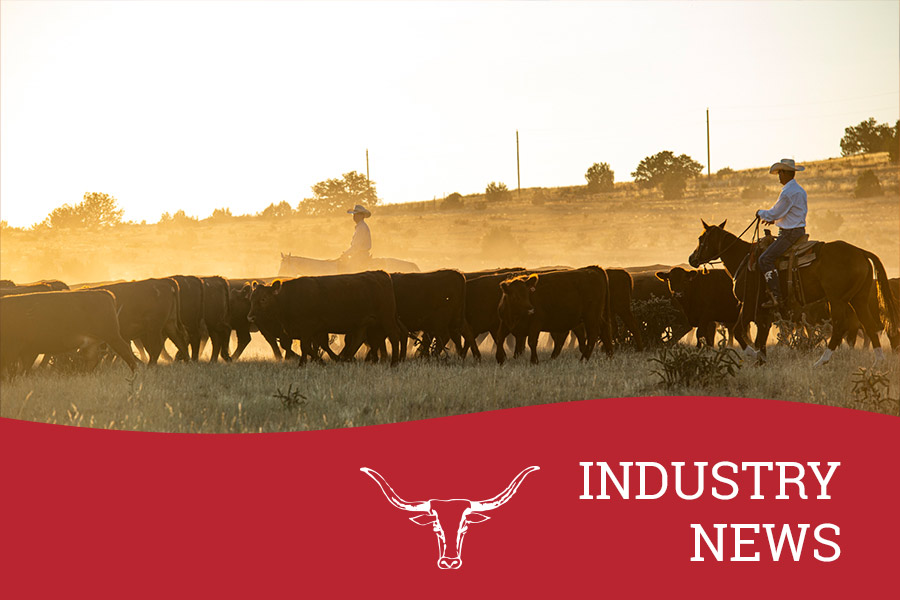DILLON – As part of a multi-year Targeted Elk Brucellosis Surveillance Project, Montana Fish, Wildlife & Parks (FWP) staff recently captured elk in the Pioneer Mountains northwest of Dillon.
All 149 blood samples collected from captured elk tested negative for brucellosis.
Capture operations were conducted in January along the eastern front of the Pioneer Mountains. A few elk were also captured south of Montana Highway 278 east of Bannack. Thirty elk were outfitted with GPS collars that will be active for one year to help wildlife managers better understand their seasonal ranges, migration routes and potential mixing with other elk herds.
The goal of these operations is to evaluate the presence and understand the movement of brucellosis in Montana’s elk populations. The research also helps wildlife managers and animal health officials understand the overlap between elk and livestock on the landscape.
Brucellosis is a bacterial disease that can infect humans, cattle, bison and elk and can result in abortion or the birth of weak calves. The disease is primarily transmitted through contact with infected birth tissues and fluids.
The Montana Department of Livestock (DOL) administers a brucellosis surveillance program for livestock in an area of southwest Montana called the designated surveillance area (DSA). Requirements within the DSA protect the state and national livestock industry from the spread of brucellosis. Livestock within the DSA are at risk of exposure to brucellosis from infected wildlife and are therefore subject to additional brucellosis testing requirements for movement and change of ownership, as well as additional traceability requirements.
Live elk captures in and around the perimeter of the DSA inform decisions on boundary adjustments by the DOL. The Pioneer Mountains are currently outside of the DSA.
Montana’s Targeted Elk Brucellosis Surveillance Project is a joint effort between the DOL and FWP, with support from the Rocky Mountain Elk Foundation and the U.S. Department of Agriculture’s Animal and Plant Health Inspection Service. In addition, this project and capture operation would not be possible without the generous support and permission from landowners to capture elk on their property.
More information about brucellosis and the surveillance project can be found online at fwp.mt.gov/conservation/wildlife-management/elk.





